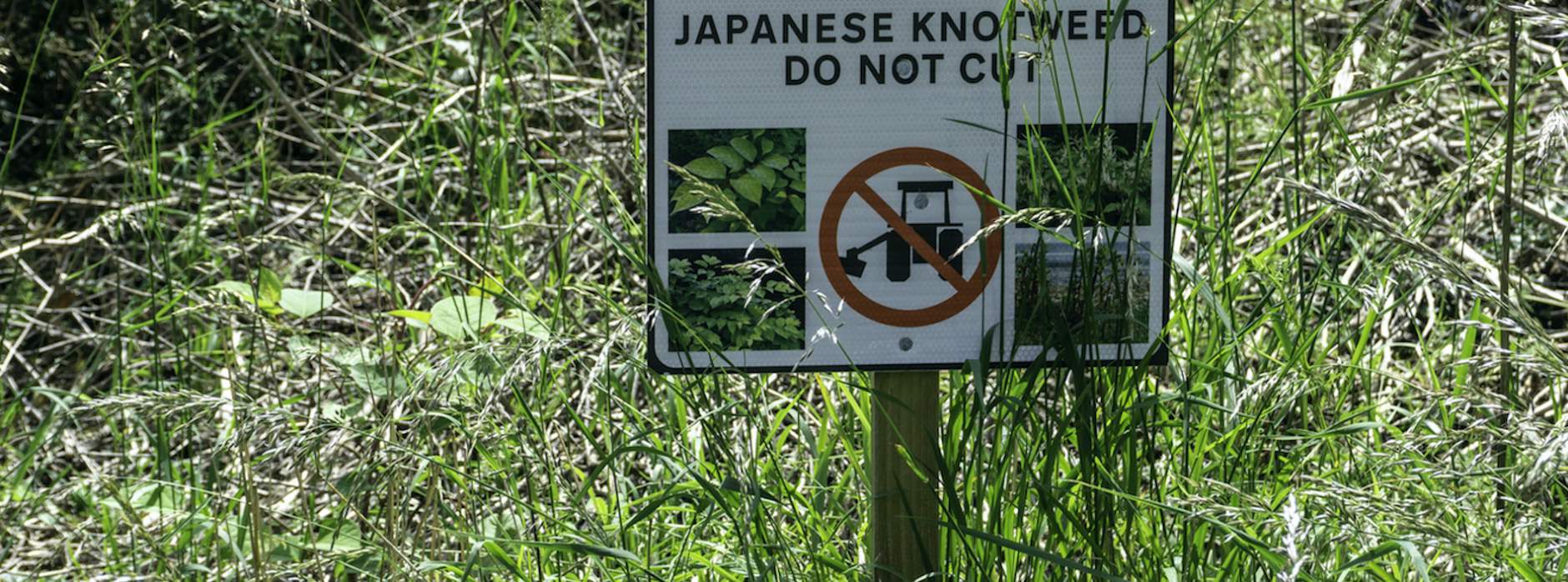While we may be a nation of gardeners doing our bit for the environment by leaving areas for nature to run wild, there’s one plant that’s far from welcome in the herbaceous border.
Introduced to the UK in the 19th century and originally popular because of its quick fix screening properties, Japanese knotweed is now perceived as invasive and a potential, though arguably exaggerated, blight. As part of the conveyancing process, sellers must state whether it is present on their property or within three metres on an adjoining property.
It can be a deal breaker but is the bad press out of proportion?
In truth the body of evidence for how knotweed actually affects house prices is relatively weak so we asked agents for their experience of the impact on higher value sales, both when Japanese knotweed had already been identified and treated before marketing (survey 1, below) and when it was discovered prior to or during the sales process (survey 2, below). This has enabled us to draw some useful conclusions – the parameters of the analysis and full results can be found in our report, Spotlight: Japanese knotweed and prime property.
Overall we found Japanese knotweed can reduce the pool of demand for a property, create difficulties in the mortgage and conveyancing process and can contribute to buyers withdrawing. As with any unwelcome surprise, it’s the unexpected discovery that appears to be most off-putting.
However, this does not automatically mean that a prime property will sell at a discount, especially where the presence of Japanese knotweed is located more than 7m from a habitable space.
Sellers can mitigate the potential impact on the saleability of their property by having a treatment plan in place and an insurance-backed guarantee for that treatment. Where Japanese knotweed has been treated prior to marketing in this manner, our survey suggests there is no impact on price in the majority of cases.
Where knotweed is or becomes evident during marketing resulting in an impact on value, the price chip can potentially be more than the cost of remediation but it is most commonly less than 5 per cent of the purchase price.

.jpg)
.jpg)
.jpg)
.jpg)

.jpg)
.jpg)
.jpg)
.jpg)
.jpg)